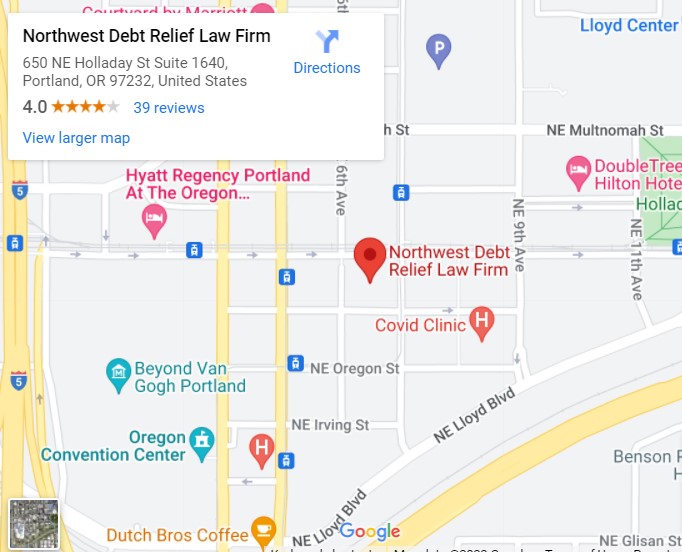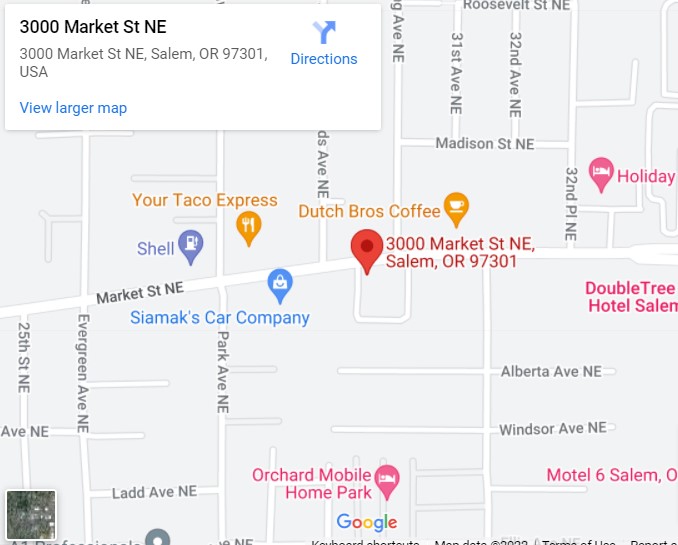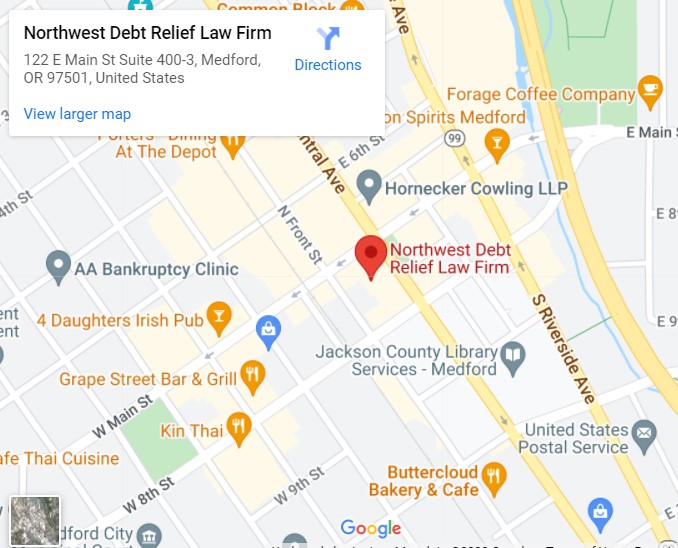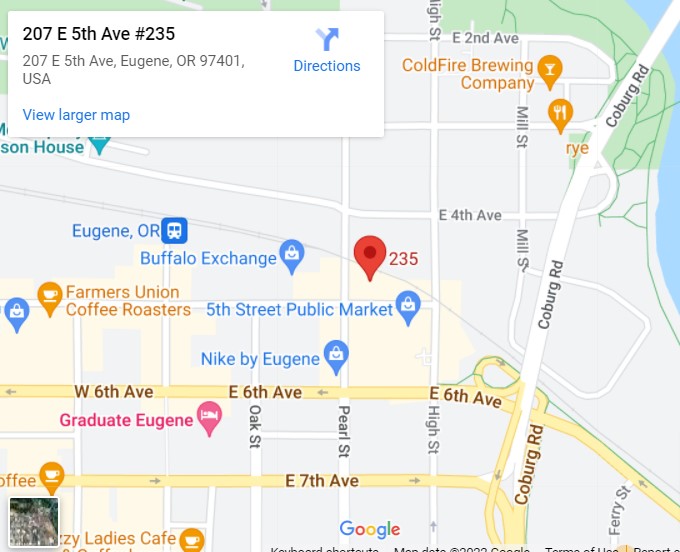How Does Chapter 13 Bankruptcy Work?
Often through no fault of their own, many people fall behind on secured debt payments, like a home mortgage or a car payment. In most cases, the bank will begin low-level adverse proceedings after a month or two, such as constant phone calls. After another month or two, the moneylender usually commences high-level adverse proceedings, such as repossession or foreclosure. You may have the means to catch up on these payments but just need a little extra time. If that’s the case, Chapter 13 bankruptcy is a federally-backed repayment plan that gives you up to five years to bring these accounts current.
Qualifying for Chapter 13 Bankruptcy
This type of bankruptcy is ideal for people who are behind on secured debts yet want to retain the collateral. To take advantage of this program, debtors must meet a few qualifications.
- Unsecured Debt Amount: Debtors must have less than $307,675 in credit cards, medical bills, and other unsecured debts. If the debt load is larger, a Chapter 7 bankruptcy may be an option.
- Secured Debt Amount: If debtors have more than $922,975 in secured debts, they are probably not eligible for bankruptcy Chapter 13. This is because it is very difficult to repay such a large amount in three to five years. Again, Chapter 7 bankruptcy may be a better option.
- Prior Discharge: You cannot receive a discharge in a Chapter 13 case if you have received a discharge in a Chapter 7 case filed within the last four years, or received a Chapter 13 discharge in a case filed within the last two years.
Depending on income, the protected repayment period is either three or five years.
Mechanics of a Chapter 13 Bankruptcy
Prior to filing, all debtors must take a debt counseling course. You can find lots of approved online and telephone courses that meet this requirement with only a small investment of time and money.
After this course is completed, your Chapter 13 bankruptcy attorney files a petition. He also lists all assets and debts, as well as a statement of monthly income and expenses. Based on the income/expense numbers, the debtor proposes a repayment plan. Essentially, debtors must have enough disposable income to comfortably make a debt consolidation payment each month that is high enough to erase all secured debt arrearage within the repayment period.
Meeting With the Trustee
About six weeks after the petition is filed, there is a meeting with the bankruptcy Chapter 13 trustee. The trustee is the person who oversees the bankruptcy on behalf of the judge. Before approving the plan, the trustee will want to see recent federal and state income tax returns. He or she may perhaps want to see some other financial documents as well. Debtors must also show proof of identity and proof of Social Security number. This nearly always means a current drivers’ license and valid Social Security card.
At this informal meeting, the trustee normally asks basic questions confirming the debtor’s identity. The trustee also goes over any concerns about the repayment plan. Furthermore, the trustee (as well as any creditors that attend) may ask questions about income and assets. The first debt consolidation payment is usually due 30 days after the petition is filed, even if your plan is not yet confirmed.
The Confirmation Hearing
Later, at the Chapter 13 bankruptcy confirmation hearing, the judge will determine whether to confirm your plan and allow it to proceed. The creditors may attend this hearing and offer any objections they may have. You rarely have to be present at the hearing. If the judge confirms your plan, he may order your employer to make monthly payments to the trustees by taking it out of your wages. That is normally the best way to make the payments. However, if you have a valid objection or are self-employed, the court will consider other repayment methods.
At the end of the repayment period, any remaining unsecured debt (which is typically all of it) is discharged. However, the collateral consequences of this debt, such as tax liens, may remain in force until separately resolved.
Receiving a Chapter 13 Bankruptcy Discharge
Before the judge issues a discharge order, you must complete a debtor education class. Like the debt counselling class, you can do them via computer or telephone. You must certify that you are current on all spousal support, child support, and other DSOs (domestic support obligations).
In addition to a fresh start and a debt discharge, there are some other benefits of a bankruptcy Chapter 13:
- If you complete the plan, you can be excused from most debts. Examples of debts that cannot be excused are for willful or malicious injuries that cause personal injury or death, domestic support obligations such as child or spousal support, drunk driving, certain student loans, restitution and certain criminal fines included in a criminal conviction, debts incurred as the result of fraudulent conduct, and certain tax debts.
- If your monthly payments on contracts are too large, you may be able to lower the monthly payment and possibly the interest rate. House payments are the exception, and although they cannot be changed, some borrowers may be eligible for a loan modification.
- If necessary, your lawyer can negotiate with unsecured creditors to pay less than 100% of their claims. Some taxes you must pay in full. You might be able to stop foreclosure against your property by making the back payments over a period of time. Such an extension is also available on back taxes.
Benefits of Chapter 13
In addition to the benefits listed above, you can also:
- Stop interest from continuing on unsecured debts in most instances.
- Take up to three years to repay the claims, and under some circumstances, you may take up to five years.
- Keep property that would otherwise go to your creditors in straight bankruptcy.
- Stop some or all collection activities against a person who co-signed a debt for you.
- Give a creditor back its security, such as a car, in partial or full satisfaction of the claim.
- End further obligations to creditors whose services you have not fully received, such as from spas and health clubs, dance studios, correspondence courses, leases, etc.
- For debts incurred before you filed your bankruptcy petition, no one can bother you, sue you, garnish your wages, or repossess property without court approval.
- Void certain liens against your household goods and against some other personal items.
- Sometimes pay extra into the plan to pay it off sooner.
- Propose to sell some of your property as part of the monies paid through the Chapter 13 bankruptcy plan.
- If there is a major change of circumstances, you can propose changes to your plan that would help you complete it. If the change of circumstances is beyond your control and makes it impossible to continue even a modified plan, you can request a “Hardship Discharge.”
- Lastly, if circumstances change, and you don’t want a hardship discharge, then you have the right to dismiss your plan or convert your plan to a Chapter 7 bankruptcy.
Contact a Portland OR Chapter 13 Bankruptcy Attorney
Get the fresh start you and your family deserve. Contact Portland OR Chapter 13 bankruptcy attorney Tom McAvity today by calling Northwest Debt Relief Law Firm.






